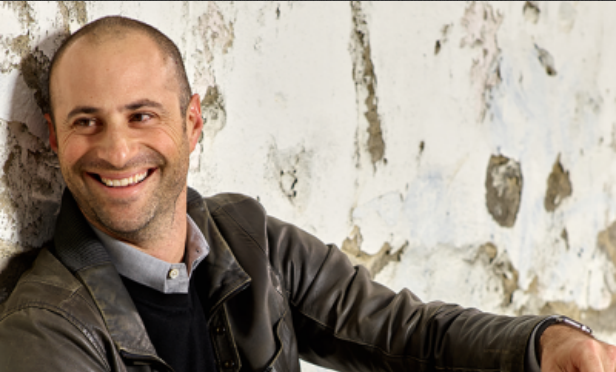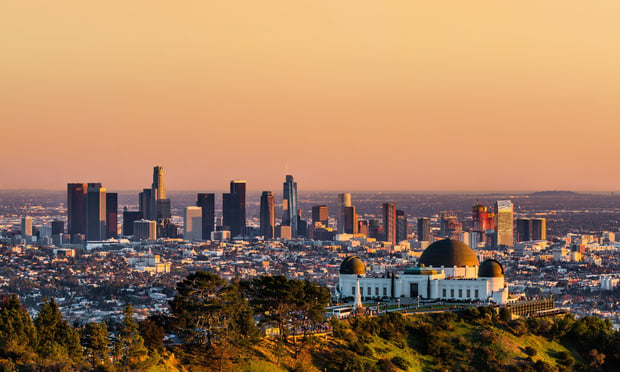 Niche retailers are positioned to lead the market in 2018. As retail evolves and becomes more experiential, small retailers focused on a specific demographic segment are emerging and developing loyal customer followings, according to David Sheldon, VP of engagement for Retail Design Collaborative. Simultaneously, we have seen several large brands condense or fall altogether, reasserting the strength of these smaller brands.
Niche retailers are positioned to lead the market in 2018. As retail evolves and becomes more experiential, small retailers focused on a specific demographic segment are emerging and developing loyal customer followings, according to David Sheldon, VP of engagement for Retail Design Collaborative. Simultaneously, we have seen several large brands condense or fall altogether, reasserting the strength of these smaller brands.
Sheldon uses the example of Erewhon, a boutique grocery that focuses on healthy, high-quality food. “The result is that they are not the biggest brand on the planet, but they have an extraordinary brand following,” Sheldon tells GlobeSt.com. “Those are the types of evolutions in brands that we are seeing a lot of right now. What is likely happening is that we are overstored and over-malled. The weak are dying and it is a little bit of Darwinism in retail. The acute North Star-focused, evolved brands are thriving. If you are on that train, it is an incredible ride.”
Retailers have more access to a larger demographic base today, because of the internet and international travel; however, this is a bonus customer rather than a core customer for brands. “A lot of brands are conflicted by their demographic base because the world is more transient now,” says Sheldon. “Anyone that walks into your store could be from Croatia, Paris, Shanghai, Brisbane or New York at any given moment. Brands have really had to pay close attention to who their demographic is. I believe that the best brands are laser focused on the service and product that they are selling to a very specific demographic. The bonus of the global transient population has allowed for an additive of a complimentary customer base for a lot of these brands.”
The rise of these brands has also fueled the street-front retail market and lead to a downfall of malls. “The B, C and D level malls are going away. They are being repurposed into their cities and they are being gridded out,” says Sheldon. “Streets are being blown through them and new residential projects are being born. They are being repurposed and repositioned. What was a 100-square-foot store is being turned into a food hall or fitness with residential. Those malls are going through massive transformation.”
That isn't to say that all malls are going away. Class-A malls, like Westfield Century City, are being repositioned as luxury malls with a mix of high-street and boutique retailers. “A-mall are being repositioned as A-plus or A-plus-plus malls,” says Sheldon. “If you look at Westfield's US portfolio, they put $4 billion into three properties into the last five years. That is an unbelievable amount of money put toward repositioning retail.”
Want to continue reading?
Become a Free ALM Digital Reader.
Once you are an ALM Digital Member, you’ll receive:
- Breaking commercial real estate news and analysis, on-site and via our newsletters and custom alerts
- Educational webcasts, white papers, and ebooks from industry thought leaders
- Critical coverage of the property casualty insurance and financial advisory markets on our other ALM sites, PropertyCasualty360 and ThinkAdvisor
Already have an account? Sign In Now
*May exclude premium content© 2025 ALM Global, LLC, All Rights Reserved. Request academic re-use from www.copyright.com. All other uses, submit a request to [email protected]. For more information visit Asset & Logo Licensing.








